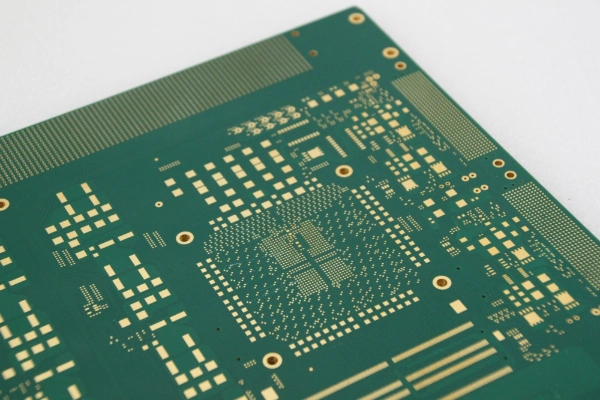Mechanical damage is a pervasive issue across various industries, leading to costly repairs, downtime, and compromised safety. Understanding the root causes of mechanical damage is crucial for preventing and mitigating its occurrence. In this comprehensive blog post, we will delve into the multifaceted causes of mechanical damage, exploring the intricate interplay between human factors, environmental conditions, and material properties.
- Human Factors:
Human error is a significant contributor to mechanical damage. Whether it's inadequate training, negligence, or improper maintenance practices, human actions can have detrimental consequences. Common causes include:
a) Improper Handling and Operation: Inadequate knowledge of equipment operation, mishandling, or failure to follow proper procedures can lead to excessive stress, wear, and tear on mechanical components.
b) Lack of Maintenance: Neglecting routine maintenance, such as lubrication, calibration, or inspection, can result in accelerated wear, corrosion, and eventual failure of critical parts.
c) Fatigue and Overexertion: Human fatigue, both physical and mental, can impair judgment and reaction times, increasing the likelihood of accidents and mechanical damage.
- Environmental Conditions:
The environment in which machinery operates plays a pivotal role in causing mechanical damage. Factors such as temperature, humidity, vibration, and contaminants can significantly impact equipment performance and longevity. Key causes include:
a) Corrosion: Exposure to moisture, chemicals, or corrosive gases can lead to corrosion, weakening structural integrity and causing premature failure.
b) Extreme Temperatures: Thermal expansion and contraction can induce stress, leading to cracks, warping, or distortion of components.
c) Vibration and Shock: Excessive vibration or sudden shocks can cause fatigue, loosening of fasteners, and accelerated wear on moving parts.
d) Contaminants: Dust, dirt, debris, or abrasive particles can infiltrate machinery, impairing lubrication, clogging filters, and causing abrasive wear.
- Material Properties:
The choice of materials and their properties can significantly influence the susceptibility to mechanical damage. Understanding the limitations and compatibility of materials is crucial in preventing damage. Key factors include:
a) Material Strength and Hardness: Insufficient material strength or hardness can result in deformation, cracking, or fracture under stress or impact.
b) Wear Resistance: Inadequate wear resistance can lead to accelerated material loss, compromising the performance and lifespan of components.
c) Compatibility: Incompatibility between different materials, such as galvanic corrosion between dissimilar metals, can accelerate damage.
Conclusion:
Mechanical damage is a complex issue influenced by a multitude of factors. By recognizing and addressing the causes discussed above, industries can proactively implement measures to prevent and mitigate mechanical damage. Proper training, regular maintenance, environmental controls, and material selection are all vital components of a comprehensive damage prevention strategy. By prioritizing these aspects, industries can enhance operational efficiency, reduce downtime, and ensure the longevity and reliability of their mechanical systems.



More Stories
Distributed Optical Fiber Sensors: The Future of Real-Time Structural Health Monitoring
Factors affecting the fatigue strength of springs
How Glass Sealed Crystals Enhance Device Stability